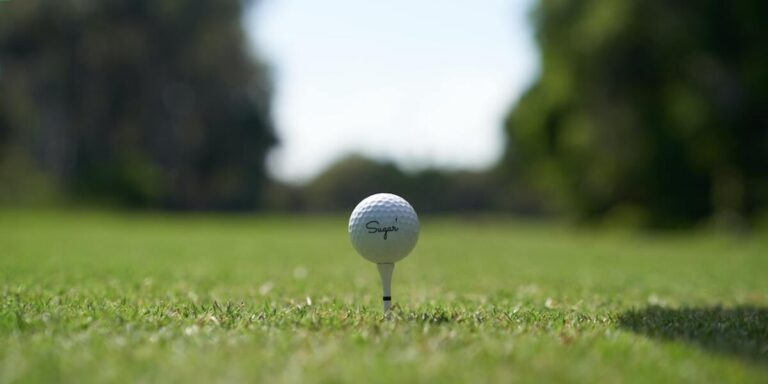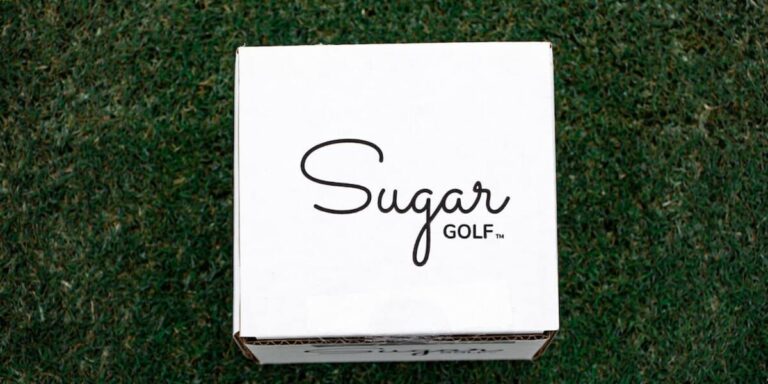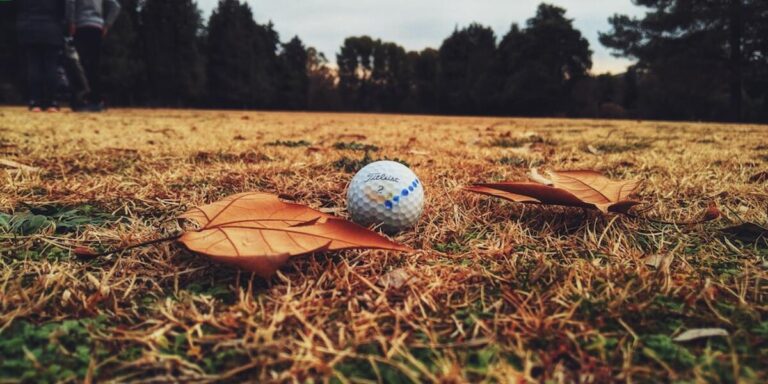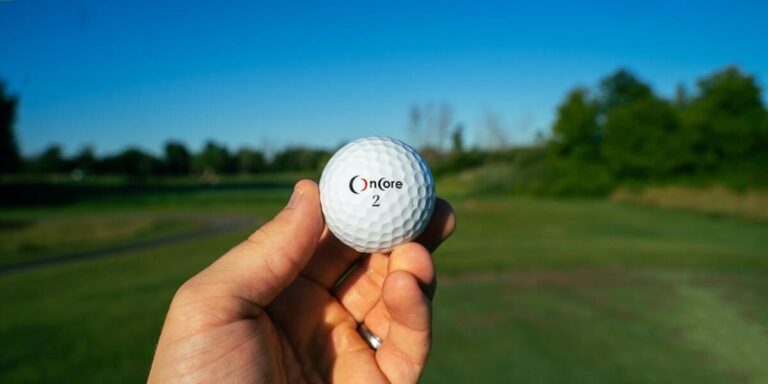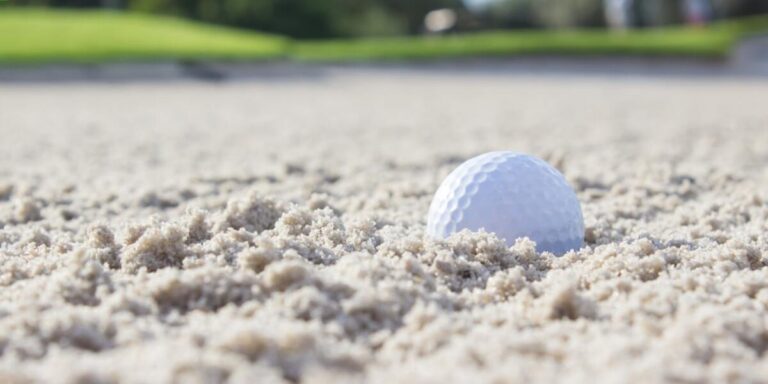Are colored golf balls more expensive?
Are colored golf balls more expensive? It’s a common question that arises when shopping for golf balls. The answer is no, colored golf balls are not more expensive than white ones. In fact, you can even find cheap golf balls in a variety of colors. Here’s a closer look at the pricing of colored golf balls so you can make the best decision for your game.
Why are colored golf balls more expensive?
There are a few reasons why colored golf balls tend to be more expensive. First, the manufacturing process for coloring golf balls is generally more complex and costly than making traditional white golf balls. Secondly, colored golf balls often require special licensing from the USGA in order to be used in tournament play. And finally, because they are less common than white golf balls, colored golfballs typically have a smaller production run which also contributes to their higher price point.
The difference between colored and white golf balls
Golf is a game of precision and accuracy. Depending on the terrain and weather conditions, different golfers may prefer different types of golf balls. Some golfers prefer colored golf balls because they are easier to see in low-light conditions or rough terrain. Other golfers prefer white golf balls because they believe it gives them better visibility against green backgrounds. Ultimately, the choice between colored and white golf balls is a matter of personal preference.
There are many factors that go into choosing the right type of golf ball for your game. If you are looking for cheap Golf Balls , it is important to consider what type of golfer you are and what your budget is . For example, beginner players may want to choose cheaper Golf Balls so that they do not have to replace them as often . Conversely, more experienced players may be willing to spend more money on Golf Balls that offer better performance . Regardless of your level of experience or budget , there are plenty of affordable options available when it comes to finding quality Golf Balls .
How to save money on colored golf balls
1. Many people think that buying colored golf balls is a waste of money. However, there are ways to save money on colored golf balls without sacrificing quality.
2. One way to save money on colored golf balls is to buy them in bulk. Buying several dozen or even a hundred at a time can help you get a discount from the retailer.
3. Another way to save money on colored golf balls is to look for sales and clearance items online and in stores. You may be able to find some great deals this way.”
Where to find cheap golf balls
A lot of people think that the only place to find cheap golf balls is at a garage sale or a thrift store. However, there are actually quite a few places where you can find them for a fraction of the price. Here are three places to look for cheap golf balls:
1. Online retailers: There are many online retailers that sell golf balls at deeply discounted prices. You can usually find several dozen golf balls for under $20, and sometimes even less than $10. Just make sure to do your research before buying from an unknown retailer, and be sure to check shipping costs as well.
2. Golf course pro shops: When new golf seasons start, many pro shops will discount their older inventory of golf balls to clear out space for the new shipments coming in. This is a great time to stock up on inexpensiveballs – you can often find top-brand names like Titleist and Callaway selling for 50% off or more!
3.. In-person garage sales/swap meets: Of course, one of the classic ways to get deals on anything – including golf balls – is by scouring garage sales and swap meets in person. You never know what kind of treasures you’ll come across, but if you have patience (and don’t mind getting your hands dirty), it’s definitely worth checking out these locales for some bargain shopping.
The benefits of using colored golf balls
There are many benefits to using colored golf balls, especially if you are trying to save money. Here are three of the biggest benefits:
1. You can easily see your ball. This is great for both helped and unaided vision. If you’re looking for your ball in the rough, a brightly colored ball will stand out much more than a white one. In addition, when teeing off on a blind hole, it’s easier to pick out your target with a colorful golf ball.
2) Colored golf balls have better spin characteristics than white ones due to their dimpled surface area interacting with air resistance.. This means that shots will stop sooner on the green, preventing costly 3-putts. In addition, around the greens chipping and pitching become much more controlled as trajectory and backspin can be easily managed with most any color of golf ball .
*editors note – hyperlink “most any color” so readers understand what colors we sell*
3) Because they’re cheaper to produce , manufacturers can sell them at lower prices without compromising quality . That’s why it pays to shop around for deals on colored golf balls – you can often find them at very reasonable prices .
Are there any disadvantages to usingcolored golf balls?
There are a few potential disadvantages to using colored golf balls. First, they may be more difficult to track in the air than traditional white balls. This could make it harder to gauge your shots and make adjustments during your round. Second, colored golfballs can be more expensive than traditional white ones. Finally, some players feel that the extra spin and lift that you get from a colored ball can give you an unfair advantage over your opponents.
Do professional golfers prefer one color over another?
1. While there are many factors that professional golfers consider when choosing a golf ball, color is often one of the most important. Many players believe that certain colors help them to better see the ball in flight, which can improve their accuracy. For example, some golfers prefer to use white balls because they feel it is easier to track against both sky and grass backgrounds. Other popular choices include yellow and orange balls, which can be helpful in low-light conditions or if you have difficulty seeing green against a brown fairway. Ultimately, it comes down to what works best for each individual player.
2. In addition to visibility concerns, some players also believe that certain colors may give them an added psychological boost on the course. For instance, red has long been considered a power color, so using a red golf ball could theoretically help a golfer hit the ball farther. Similarly, blue is often associated with calmness and serenity – two qualities that can come in handy during those crucial moments on the back nine! Again, it really comes down to personal preference; whatever makes you feel more confident out on the course is likely your best bet.
3.”Cheap golf balls” So while cost may be a concern for amateur Golfers looking for new equipment However When It Comes To Professional Players They Aren’t as Bothered by Price Because They Know What Works for Them from Experience . That being said though occasionally Pros Will Seek Out “cheap golf balls” If They Come Across A Good Deal knowing full well they’ll probably just end up giving them away anyhow .
Frequently Asked Question
-
Are colored golf balls more expensive?
-
Are 30 year old golf clubs still good?
-
Do any pros use Top Flite golf balls?
-
Why are Titleist balls so expensive?
-
How many hits can a golf ball take?
-
Do golf balls lose distance over time?
-
Do expensive golf balls go farther?
-
Are Nike golf balls still made?
-
Should I be using a hard or soft golf ball?
-
What happens if a pro golfer runs out of balls?
-
Do golf balls lose distance?
-
What is the new rule for a lost ball in golf?
-
How many rounds does a golf ball last?
-
Are Top Flite balls hard or soft?
-
When should you throw away a golf ball?
The dyes used in the manufacture of colored golf balls can also make them more costly. Many of the most reputable golf ball companies do not offer a coloured product.
Golf clubs don’t deteriorate. There are no signs to support this. Clubs that are well maintained will last for a long time. Clubs older than 10 years should be inspected for more options, but clubs younger than 5 years are not in danger.
Do Any Pros Use Top-Flite? Top Flite does not sell products that are used by professional golfers. Top Flite used to sponsor Ricky Barnes and Hank Kuehne, who didn’t use Top Flite equipment during their round.
It’s simple economics: more layers equals more research which in turn means more money and a higher retail cost. Golf balls are made up of a core and a synthetic material. At a minimum, they also have a cover. These materials play a significant role in the cost of the golf ball.
Ball cores can withstand 100 strikes at speeds of 125 mph before they crack. This is seven rounds of Tiger-like drives. The cover is almost always the first to go, particularly if your angle of attack is steep or you rely on cartpaths for additional distance.
If a wound ball is more than 10 years old and stored at low temperatures, it will lose 0.5 to 1 % of its IV (Initial Velocity), which can affect its range by just a few yards.
Are the cheaper balls able to travel further and more straight off the tee than the expensive ones? Both can travel farther, however, when the balls were tested at an average golfer’s swing speed, it was usually six yards.
The Nike ball’s exceptional energy return gives golfers the confidence and comfort they need. These balls have been discontinued, but they remain very popular with many golfers. We will carry an assortment of high-quality Nike golf balls.
A golfer who plays a lot will choose a soft golf ball to play with than a more firm ball in almost every case. A lower compression rating means that it takes less speed to compress the ball. You will feel a more natural golf ball and have straighter shots.
You can always borrow a ball from another player if you run out. In stroke play, if you are caught playing a bad ball you can lose the match or suffer a two-stroke penalty.
If a wound ball is more than 10 years old and stored at low temperatures, it will lose 0.5 to 1 % of its IV (Initial Velocity), which can affect its range by just a few yards.
A player may take stroke-and distance relief if a ball goes out of bounds or is lost. This means that the penalty stroke must be added and the ball played from the spot where it was made. (See Rule 14.6)
How to Change Your Golf Ball. A golf ball that has not suffered any visible damage can be used for up to seven rounds of 18 holes without losing its performance. You are actually more likely to drop a ball of golf on the green than it is just wearing out. However, it is best to replace the golf ball as soon as you feel that the ball is getting too rough.
Top-Flite XL 7000 super soft golf balls are designed to give you the same distance as a Top-Flite XL ball but with a new enhanced soft feel. You will feel great with your driver and club face thanks to the soft core.
Although there are no scientific data to prove how long golf balls will last, Titleist golf ball experts state they can be safely stored up to five years. Most likely, they’ll even be safe for a decade.
Conclusion
It seems that colored golf balls may be more expensive, but it really depends on the brand and retailer. So, do your research before purchasing online! And, when in doubt, check out trusted links and reviews on our website for guidance. After all, we want you to find the best (and cheapest) golf balls possible!


